Leading urea maker suffers from input price rise, increased competition
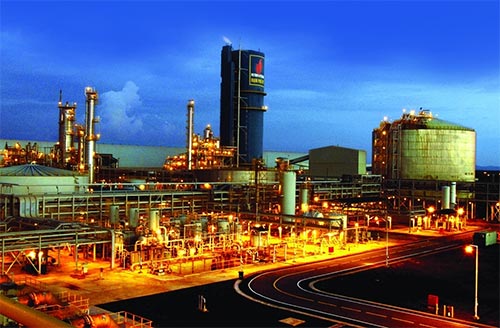
Despite stable production, DPM’s net profit in the second quarter dropped sharply to VND279.6 billion ($13.25 million) from VND908 billion ($43 million) in the same period last year.
The first reason for the decline in performance was the gas price increase. As required by the government, starting on April 1 the Vietnam National Oil and Gas Group (PetroVietnam)’s PVGas calculated the price of gas sold to DPM using a new formula, which resulted in the price increasing to $7.4/million BTU from $6.56/million BTU in 2013.
Cao Hoai Duong, general director of DPM, said gas makes up 70 per cent of DPM’s total input cost. If the price of gas rises by $1/million BTU, DPM’s input cost will rise by VND400 billion ($19 million). Evidently, DPM’s Q2 financial statement shows input cost of VND1.526 trillion ($72.3 million), up from VND1.218 trillion ($57.7 million) in the same period last year.
Another difficulty DPM faces is surplus of urea. A report by the Vietnam National Chemical Group (Vinachem) showed that Vietnam’s total supply of urea in 2013 was 3.25 million tonnes, including over two million tonnes produced by the four domestic urea factories, namely Phu My, Ca Mau, Ha Bac, and Ninh Binh, and 1.2 million tonnes imported from China, much higher than the domestic demand of 2.2 million tonnes.
The surplus exists not only in Vietnam but also around the world, resulting in a downtrend of the global fertilizer price. The FOB price of Chinese urea fell from $460 per tonne in 2011 to $415 per tonne in 2012 and then $330 per tonne in 2013. The price is expected at between $305 and $310 per tonne in 2014.
DPM currently holds 40 per cent of Vietnam’s urea market. In July, DPM closed its three-year-old Cambodian branch. In the future the company plans to expand production to other types of fertiliser, including NPK, DAP, and SA, as well as further innovating its current product line.
What the stars mean:
★ Poor ★ ★ Promising ★★★ Good ★★★★ Very good ★★★★★ Exceptional
Latest News
More News
- How Masan employs dealmaking to build its consumer-retail platform (November 25, 2024 | 16:00)
- Kim Oanh Group: reaching out internationally (November 25, 2024 | 15:35)
- Takeda’s partnerships to deliver innovative medicine and vaccines (November 25, 2024 | 14:00)
- New SABECO R&D brewery to foster employee creativity (November 25, 2024 | 13:00)
- Operators embark on 5G services (November 25, 2024 | 12:00)
- Automating ports with 5G (November 25, 2024 | 10:41)
- Transforming accountancy with sustainability and ESG leadership (November 23, 2024 | 09:00)
- Vietnamese agricultural goods make Chinese e-commerce debut (November 22, 2024 | 20:04)
- Vietnam National Assembly adopts amended Law on Pharmacy (November 22, 2024 | 19:09)
- Power of partnerships: 30 years of Bayer in Vietnam (November 22, 2024 | 15:34)





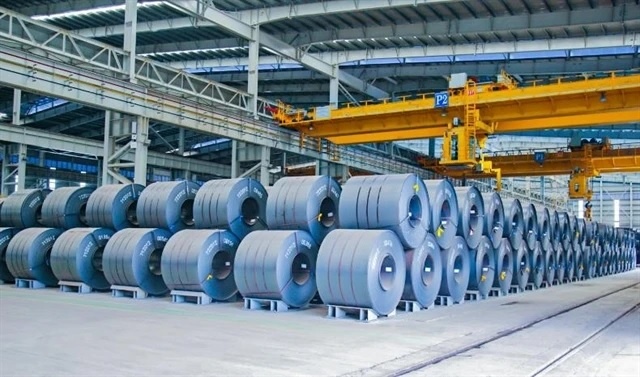
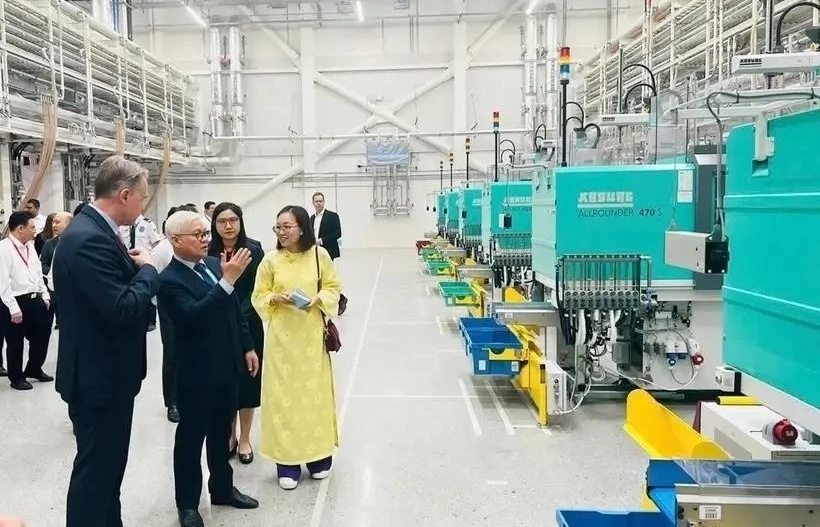

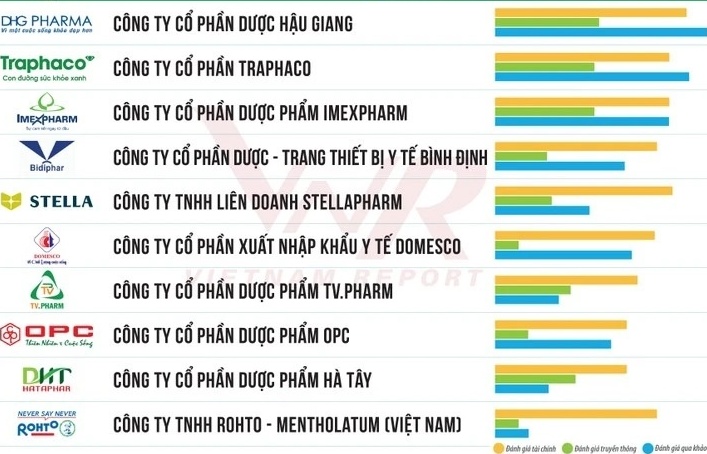




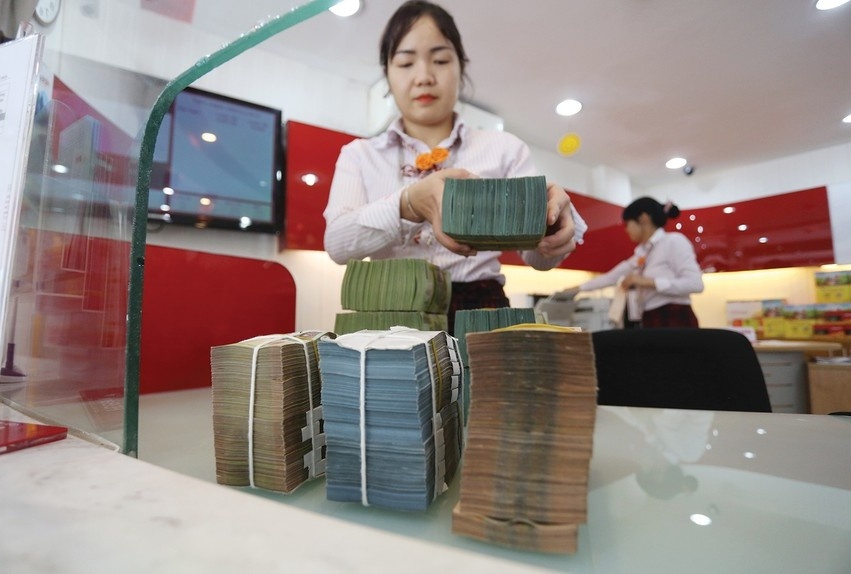
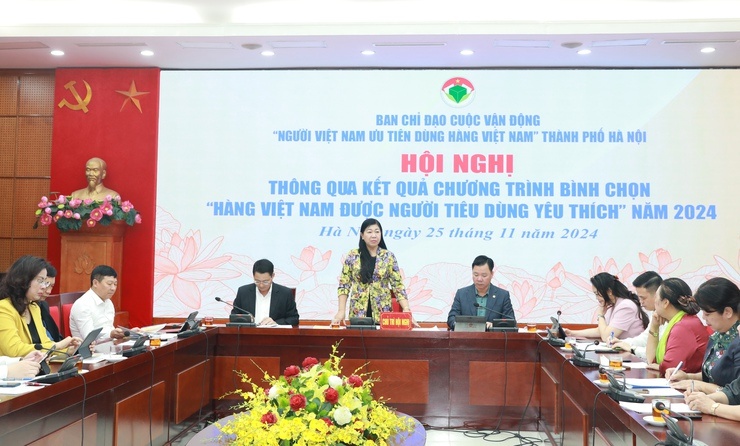
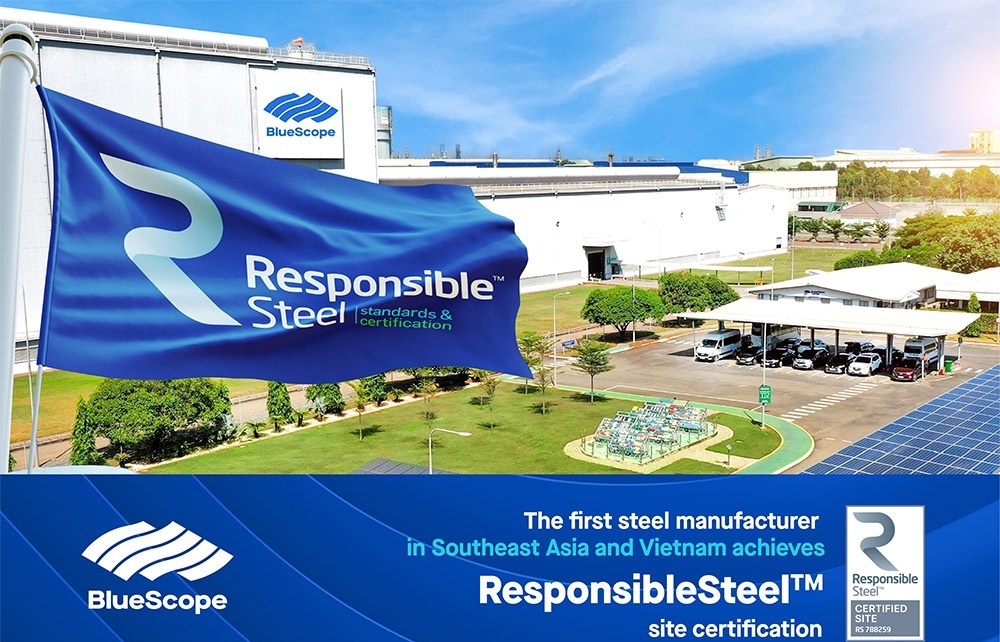



 Mobile Version
Mobile Version